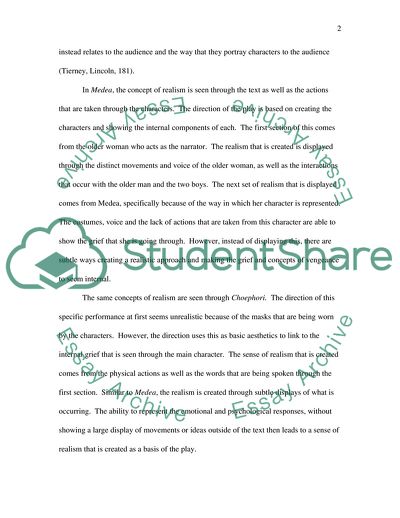Cite this document
(Medea and Choephori: Comparative Analysis Essay - 1, n.d.)
Medea and Choephori: Comparative Analysis Essay - 1. https://studentshare.org/performing-arts/1739190-comparative-essay
Medea and Choephori: Comparative Analysis Essay - 1. https://studentshare.org/performing-arts/1739190-comparative-essay
(Medea and Choephori: Comparative Analysis Essay - 1)
Medea and Choephori: Comparative Analysis Essay - 1. https://studentshare.org/performing-arts/1739190-comparative-essay.
Medea and Choephori: Comparative Analysis Essay - 1. https://studentshare.org/performing-arts/1739190-comparative-essay.
“Medea and Choephori: Comparative Analysis Essay - 1”. https://studentshare.org/performing-arts/1739190-comparative-essay.


